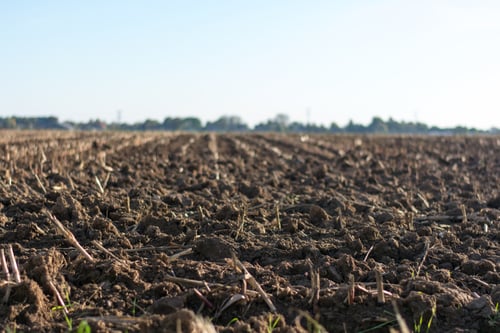Incidences of toxic algae in water sources have made Australian farmers realise the importance of water tanks on their farms. With a new season coming in, the importance of water tanks grows even more significant, from ensuring quality water for crop spraying to quality water for livestock.
If you already have a water tank, then great! But what’s one thing you can do to maintain the quality of water inside your tank? How can you ensure that the rain you do catch is not compromised? Did you know that algae in water tanks have adverse effects not just on humans and livestock, but also crops?
Granted, not all algae are toxic. However, toxic algae, like blue-green algae, are troublesome and dangerous. Hence, water tank algae control measures must be incorporated to prevent negative consequences from happening.
Why Toxic Algae are Harmful
- Toxic algae present in water used on plants take a long time to break down. When these plants are consumed, the toxins that remain may cause harm to humans and animals.
- Algae increase water alkalinity and may have the effect of reducing the effectiveness of agricultural chemicals.
- Can compromise plant growth and soil quality.

How can you determine if your water tank will grow algae?
- Place your tank outside where the sun can shine on it.
- Open the lid and look inside. NOTE: Have a companion with you and make sure you don’t fall inside the tank!
- Is sunlight shining through the walls of your water tank? Is it glowing inside?

If your water tank is lit with so much sunlight (as indicated by the glowing walls), chances are that it could easily grow algae. Controlling tank algae should start before algae can take place. So what can you do? Read on below.
Download this Free Report
Simple Methods You Can Do to Keep Algae Out of Your Water Tank
-
Algae thrive in sunlight and heat. To prevent sunlight from penetrating the walls, a darker-coloured water tank could work.
The downside to dark-coloured water tanks is that while they do a better job at blocking the sun's light, they also tend to absorb more heat in extremely hot conditions. What do you do in this situation? Either you cover your dark-coloured water tank or you place it in the shade. Lighter-coloured water tanks that are opaque and with adequate wall thickness would work, too.
-
Covering your water tank or positioning it in the shade is also necessary with water tanks made of thinner or translucent material.
-
Free your roof gutter, catchment area and anywhere where water can gain entry, from dirt and algae.
-
Ensure that your pipes and fittings are blocked from sunlight. All access points must have tight-fitting lids.
-
Use filters or mesh strainers to facilitate the removal of algae from water.
-
Use piping that is impervious to sunlight.
-
Note that water tanks with a smooth internal surface are easier to clean.
-
If you live in year-round, extreme hot conditions, underground water tanks may be the most sensible solution for you.
Ways to get rid of algae already present in water tanks:
Copper sulphate, simazine, calcium hypochlorite and Cupricide are some of the chemical methods used to kill algae. However, some of these chemicals can be harmful to your plants and animals. Closely follow the manufacturer’s instructions in order to achieve the best results without worsening the problem.
Even though Western Australia, for the most part, has had a successful harvest, we can’t afford to be complacent with anything -- including algae. After all, a new season coming in signals a new set of challenges. Besides, what’s the point of having water storage that’s rendered unusable and dangerous because of toxins?
